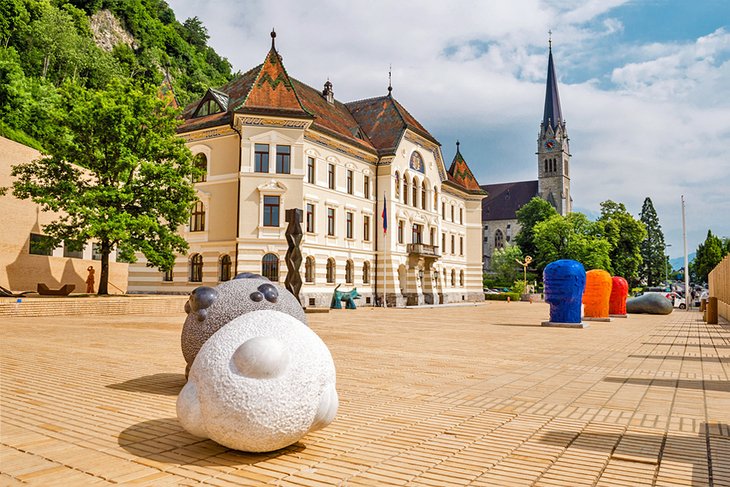
Parliaments in Vaduz
One of the most picturesque capitals in Europe - and certainly the smallest - Vaduz is home to the Liechtenstein Center, a tourist information center offering everything the traveler needs to get the most out of their visit. From here, it's easy to explore the city's main attractions, including its parliament building near the banks of the River Rhine in Peter-Kaiser-Platz. Also worth seeing is the Rathausplatz, home to the historic Town Hall (Rathaus), and the Neo-Gothic parish church (Pfarrkirche) built in 1873, also known as the Cathedral of St. Florin. Although it's not open to the public, you'll want to get some photos of the impressive 12th-century Vaduz Castle (Schloss Vaduz), home to the country's monarch.
State of the Art: Kunstmuseum Liechtenstein
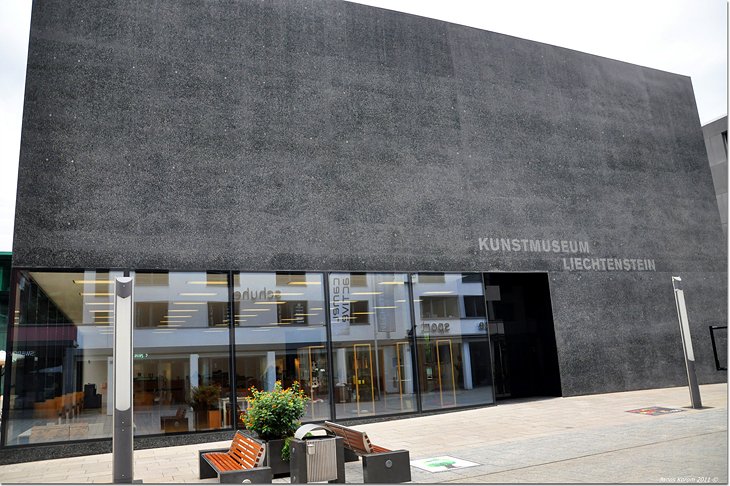
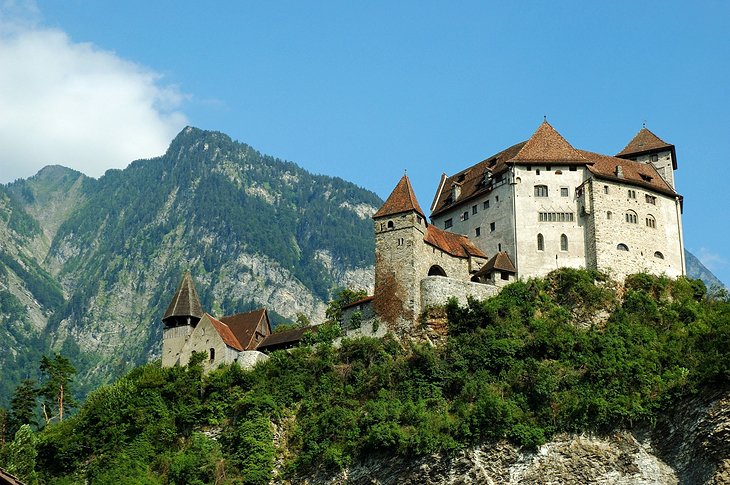
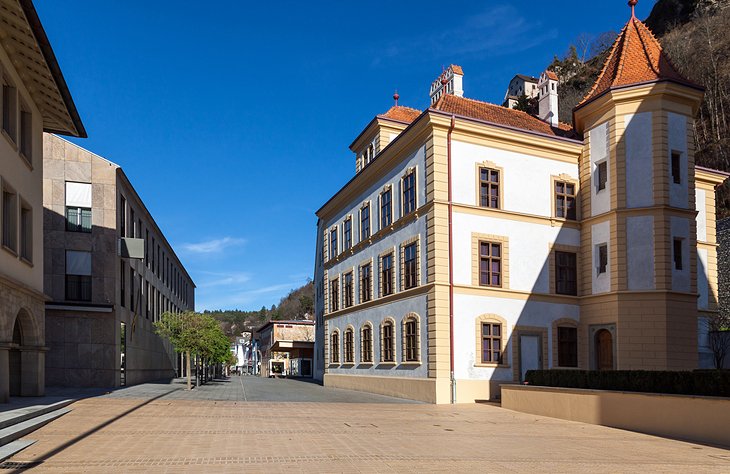
State of the Art: Kunstmuseum Liechtenstein

Housed in a state-of-the-art facility in Vaduz, Liechtenstein's State Art Gallery (Kunstmuseum Liechtenstein) showcases many fine examples of modern and contemporary artwork. In addition to frequent temporary exhibits, its permanent collection includes pieces from the 19th century, including sculptures and works from the collection of the Prince of Liechtenstein (most of the royal collection is housed in the Liechtenstein Museum in Vienna).
Address: Städtle 37, FL-9490 Vaduz, Liechtenstein
Official site: www.kunstmuseum.li/?page=1&lan=en
3 Gutenberg Castle

Gutenberg Castle
High above the village of Balzers in the south of Liechtenstein stands majestic Gutenberg Castle (Burg Gutenberg), a superbly preserved fortress dating from the Middle Ages. The 70-meter-high hill on which the castle stands has been inhabited since Neolithic times, with many of the most important archaeological finds - including the ancient Mars von Gutenberg statuette - now housed in the Liechtenstein Landesmuseum. Highlights include the chapel and rose garden, along with many fun cultural events in the warmer months, such as concerts and theatrical performances.
Address: Fürstenstrasse 50, 9496 Balzers
Liechtenstein National Museum

Liechtenstein National Museum
A must-see while in Vaduz is the excellent Liechtenstein National Museum (Liechtenstein Landesmuseum), a state-owned attraction housed in a splendidly preserved 15th-century former inn once visited by Johann Wolfgang von Goethe in 1788. Highlights include a superb 1:10,000 scale relief model of the principality, as well as exhibits focusing on the country's prehistory and early history, along with displays of weapons and religious art.
The Towns of Nendeln and Eschen
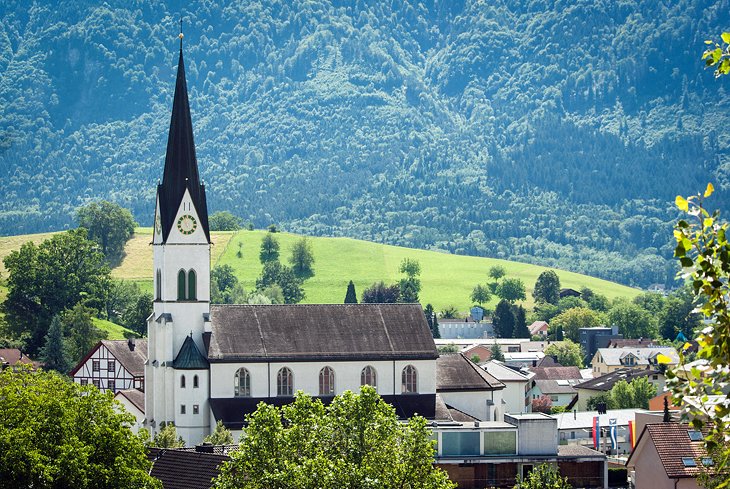
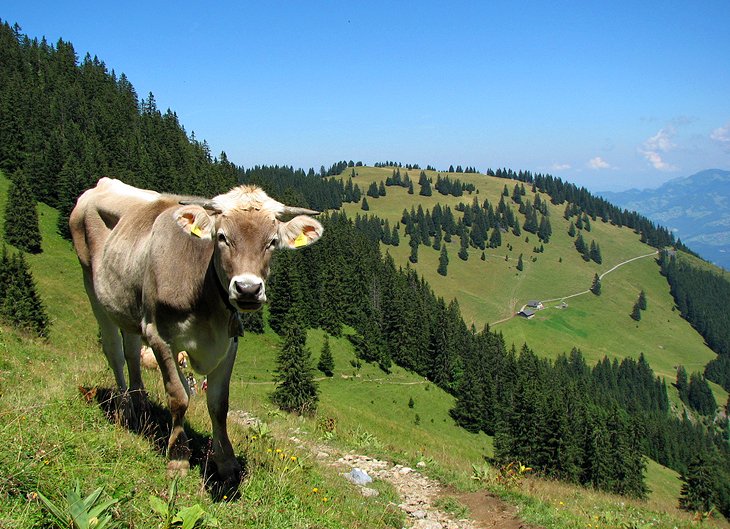 Triesenberg's Culinary Delights
Triesenberg's Culinary Delights
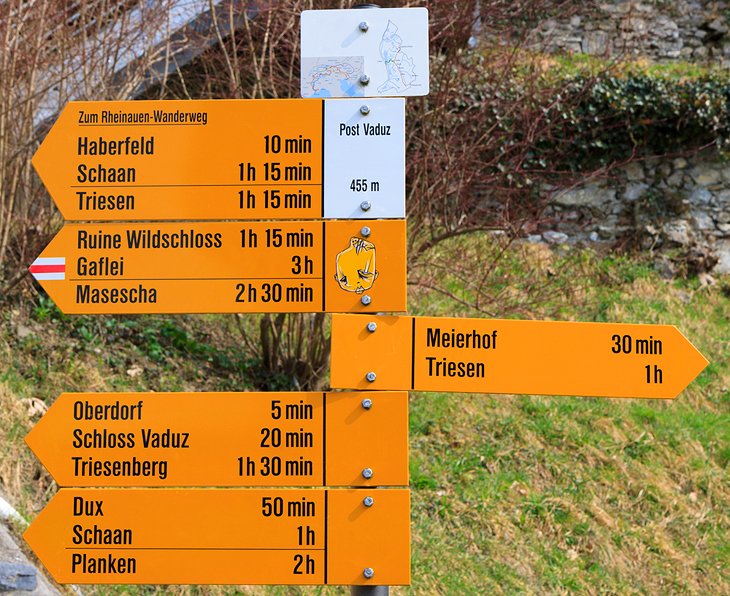
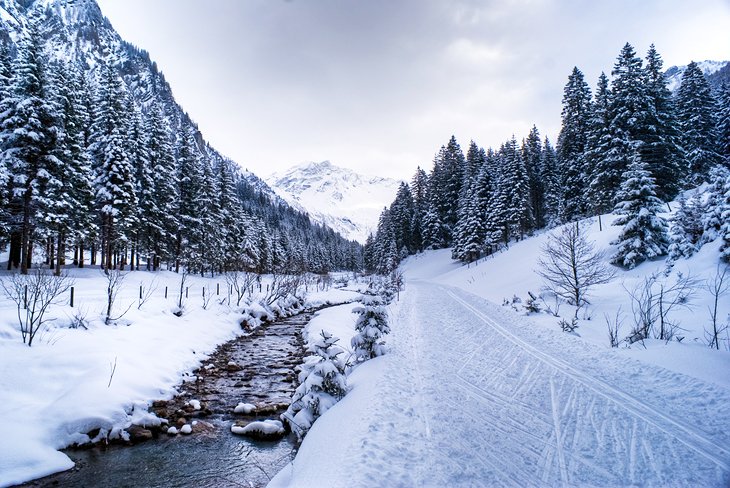
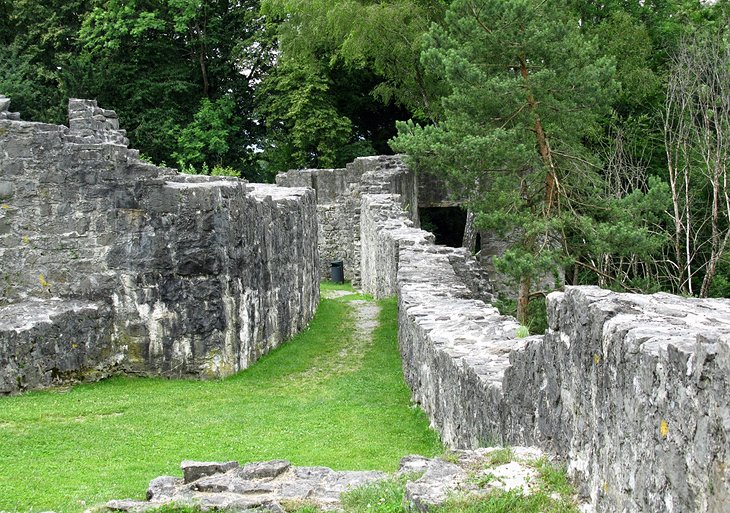
The Towns of Nendeln and Eschen

The small towns of Nendeln and Eschen are the principal communities of the lowland area of Liechtenstein and are well worth a visit. Nendeln is notable for its old foundations from a Roman villa, as well as the Schädler Pottery, established in 1836 and the oldest craft workshop in the country. Famous for its stoneware crockery and traditional tiled stoves, this art-related attraction offers guided tours of the workshop, glazing area, and kiln room. Of interest in Eschen are the Pfrundhaus, a 14th-century building used to display local art, and the attractive Holy Cross Chapel. Eschen is also the starting place of an easy one-and-a-half-hour hike offering superb views of the surrounding area.
Schaan and the Liechtenstein Festival

Just three kilometers north of Vaduz at the foot of the Drei Schwestern massif is Schaan, a busy little industrial town notable for its old Roman fort foundations. In a beautiful location perched above the town is the 18th-century pilgrimage church of Maria zum Trost, notable for its fine views. One of the oldest towns in Liechtenstein, Schaan is home to the DoMuS center with its exhibits of local history and art, an interesting coppersmith's workshop, as well as the nearby Calculator and Typewriter Museum. Schaan is also a good place to begin a hike and includes a number of well-marked trails of varied difficulty. It's also home to the Liechtenstein Festival, a two-day celebration of music, entertainment, and food.
Triesenberg, the largest municipality in Liechtenstein, lies in a beautiful location in the middle of an alpine valley just six kilometers from the capital of Vaduz. The picturesque village itself is known not only for its splendid scenery and unique dialect - a variation of German originating from the Walser region - but also for its food festival, the Triesenberger Wochen, held each year from mid-October to the end of November. During the festival, local restaurants and hotels serve up traditional dishes of the Walser people, many of them centuries-old and unique to the village. There's no shortage of beautiful vistas from the village's cute chalets and small inns, making Triesenberg a great place from which to explore Liechtenstein.
Hiking the Historical Eschnerberg Trail

Hiking the Historical Eschnerberg Trail
Thanks to its alpine setting and quaint towns and villages, Liechtenstein is a hiker's paradise, drawing outdoor enthusiasts from across Europe to its mountain peaks, wooded slopes, and attractive valleys. Numerous well-established trails crisscross the country (just look for the bright signs showing walking times), one of the most popular being the 15-kilometer Historical Eschnerberg Trail connecting the towns of Bendern and Schellenberg. Highlights of this fun trail include the prehistoric settlements of Lutzengütle and Malanser, as well as many spectacular views over the Rhine and the surrounding mountains. Another popular trail is the Princes' Way Hike through the scenic Rätikon mountain range and with superb views of the famous Three Sisters (Drei Schwestern) mountains.
Winter Fun in Malbun

Famous as Liechtenstein's only winter resort, the small town of Malbun, once only inhabited in summer, is now a draw for winter sports enthusiasts. On an Alpine ridge near the Saminatal Valley, Malbun boasts perfect snow conditions that led to the establishment of the first ski lifts and slopes in the 1960s, and today, its many groomed trails and après ski activities enjoy one of the longest seasons in the Alps. All told, more than 23 kilometers of pistes are maintained offering suitable terrain for skiers of all abilities, served by three lifts capable of hauling skiers to heights of 2,000 meters. For kids, Malbi Park Kinderland offers beginners lessons and programs, and the area also boasts a large network of Nordic ski trails.
Country Castles: Schellenberg

Country Castles: Schellenberg
Liechtenstein is home to five castles, two of which remain intact: Schloss Vaduz, home of the country's monarchs, and Burg Gutenberg in the village of Balzers. Of the others, all that is left are ruins, but each has its unique charms. If you're able to visit just one location, make it Schellenberg where you'll actually be rewarded with a chance to explore two old ruins at once. The larger of the two, the Upper Castle (Obere Burg), was built in 1200 and once had all the elements of a typical medieval castle. The smaller, the Lower Castle (Untere Burg), was built in 1250, but by the 16th-century both had fallen into disrepair. The third set of ruins, Schalun Castle - also known as Wildschloss - is within walking distance of Vaduz and dates from the 12th century.
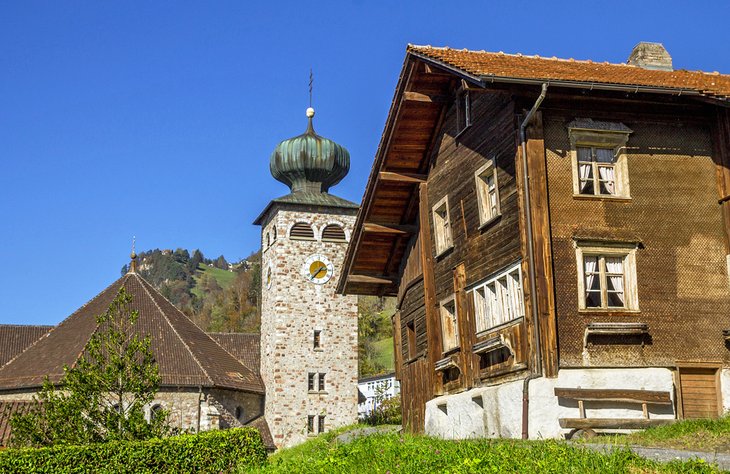
No comments:
Post a Comment